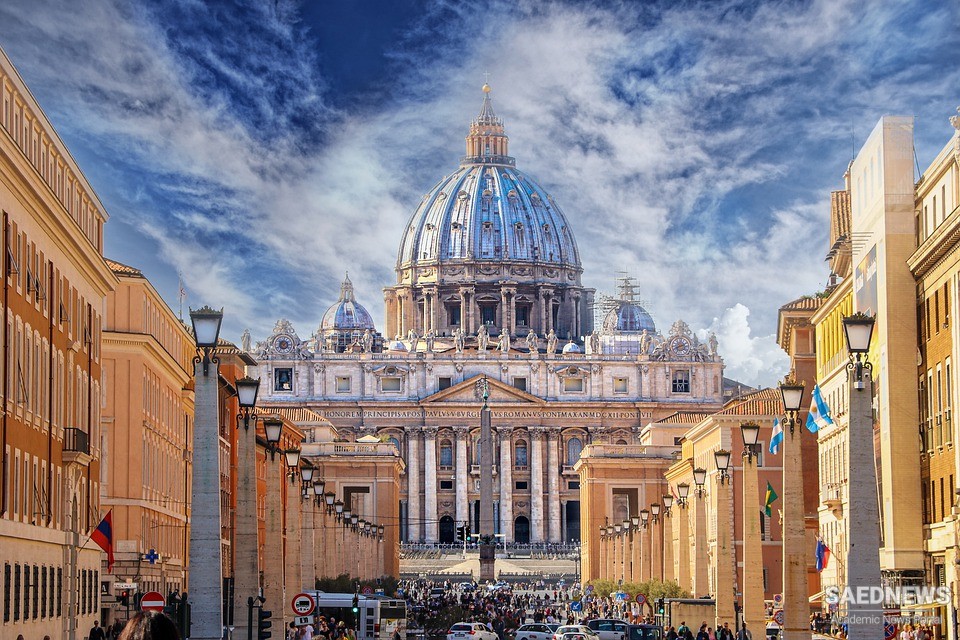Something as deeply personal as religious belief is bound to be difficult to define. One can consider the critical views of Freud that religion is ‘illusion’ or that of Thomas Edison that ‘religion is all bunk’. Alternatively, one can accept a less judgemental viewpoint that religion is ‘human beings’ relation to that which they regard as holy, sacred, spiritual or divine’.
The present discussion acknowledges, but is not concerned with, the ‘accidental’ religious tourist who happens on a sacred site: it is concerned primarily with people at the other end of the pilgrimage continuum, who intentionally travel for reasons related to religion or spirituality in their quest for meaning. This is religious tourism, irrespective of the range of motives, destinations and manifestations of their experience. These religious or spiritual travellers are often ignored as a distinct grouping by traditional tourism research, as the quest for what Edison would have considered ‘bunk’ is, at its very best, a nebulous concept: ‘The religious sense is nothing more than man’s original nature, by which he fully expresses himself by asking “ultimate” questions, searching for the final meaning of existence in all of its hidden facets and implications’.
Despite such intangibility, pilgrimage has long been an important aspect of the major world religions. Much of the Old Testament is a journey by the Jewish ‘chosen people’, beginning with their exodus from Egypt, journeying through the desert and entering the Promised Land. Three times a year the Israelites made pilgrimage to the holy city of Jerusalem. Mohamed, inspired by Jewish (and subsequent Christian) pilgrimage, commanded Muslims: ‘Accomplish the Pilgrimage and the Experience for God’s sake’. This has resulted in many million Muslims undertaking pilgrimage (which is one of the five pillars of Islam) to Mecca and Madinah every year.
The followers of Hinduism make pilgrimage to the Ganges, the holy river, which cleanses them from sin, Buddhists make pilgrimage to places Buddha consecrated by his life, Shintoists go into deep forests and meditate in silence and Christians go to the holy places where God revealed Himself or places connected with Jesus Christ and His saints.
At its most basic, pilgrimage can be viewed as any travel that involves a religious experience. In view of the fact that such journeys are obviously a combination of a religious experience and travel, it would be easy to characterize all journeys to religious sites as religious tourism. But definitions of religious tourism based simply on a combination of ‘religion’ and ‘tourism’ are of little help in understanding the phenomenon of pilgrimage. In their Annotated Bibliography on Religious Tourism and Pilgrimage, the ATLAS Religious Tourism and Pilgrimage Special Interest Group suggest that the number of tourists travelling purely for religious reasons is relatively small. They make the distinction that spiritual motivations for engaging in pilgrimage outweigh religious ones. It could be argued however, that this separation of spiritual and religious presupposes that the individual travelling (or even the researcher) has a clear understanding of these differences.


 Religious Tourism and the Modern Quest for the Unfamiliar
Religious Tourism and the Modern Quest for the Unfamiliar














































